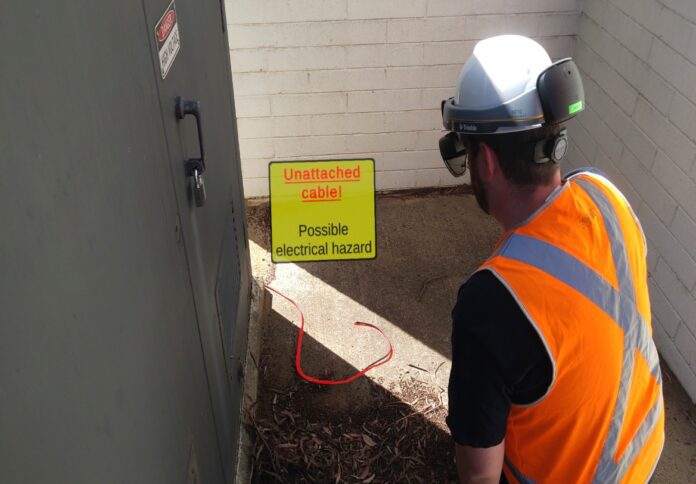
Australia’s national science agency CSIRO is teaming up with five universities to pioneer cutting-edge digital technologies aimed at ensuring the safety of Australians in the workplace.
The $18 million Tech4HSE program will bring together leading researchers in generative and immersive artificial intelligence (AI), augmented reality, and cybersecurity to develop innovative solutions for those working in hazardous environments.
Led by CSIRO’s data and digital arm, Data61, in collaboration with the University of Queensland (UQ), the program includes partnership agreements with Swinburne, UNSW, Curtin, and ANU, the agency said in a press release.
Science Director of Data61 Professor Aaron Quigley highlighted that the developed technologies would support health, safety, and environmental (HSE) objectives across various industries where workers face potential risks daily.
“Whether they’re working with electrical equipment, heavy machinery or on our roads, millions of Australians put themselves in harm’s way every day to help and serve others,” Prof Quigley said.
He continued, “We’re bringing the best researchers in the nation together to help get everyone home safely, by creating advanced digital tools for training, identifying and monitoring hazards, and planning responses and actions.”
According to the Australian Bureau of Statistics, 497,300 Australians experienced work-related injuries or illnesses in 2021-22, emphasising the critical need for advancements in workplace safety.
All participating institutions are actively contributing funding and research expertise to the Tech4HSE program, with UQ overseeing fund administration.
UQ Tech4HSE Science Lead Dr Mashhuda Glencross, expressed excitement about the potential impact of the projects, emphasising their focus on supporting safety during disasters and in hazardous work environments.
“The innovative technologies we are researching and developing in this initiative are aimed at supporting the safety of Australians during disasters and when working in potentially hazardous environments,” Dr Glencross said.
The program’s five-year timeline includes the development of prototypes that will undergo real-world trials, with a strong emphasis on creating commercially viable products designed with responsibility in mind.
In the inaugural project, researchers from Data61 and UQ are collaborating on technologies to enhance crisis preparedness and response for workers in the energy industry.
Dr Matt Adcock, Data61 Tech4HSE Science Lead, provided insight into the project, describing the integration of state-of-the-art computer vision models and 3D generative AI.
“Our aim is to take smart glasses to a new level by enabling the placement of helpful digital holograms within the physical work environment to support emergency response safety training and assisted decision-making under heightened stress levels,” Dr Adcock said.
Stakeholder collaboration with the power industry ensures that prototypes align with industry needs from the outset.
The Tech4HSE program strategically leverages the combined expertise of Australia’s universities and CSIRO to maximise the impact of science, research, and development for the benefit of Australians.
Minister for Industry and Science Ed Husic officially announced the Tech4HSE program at the launch of Australia’s AI Month, coordinated by CSIRO’s National AI Centre.
With over 50 free and ticketed AI-related events taking place nationwide from 15 November 15 to 15 December, the month aims to foster discussions and advancements in the field of artificial intelligence.




















